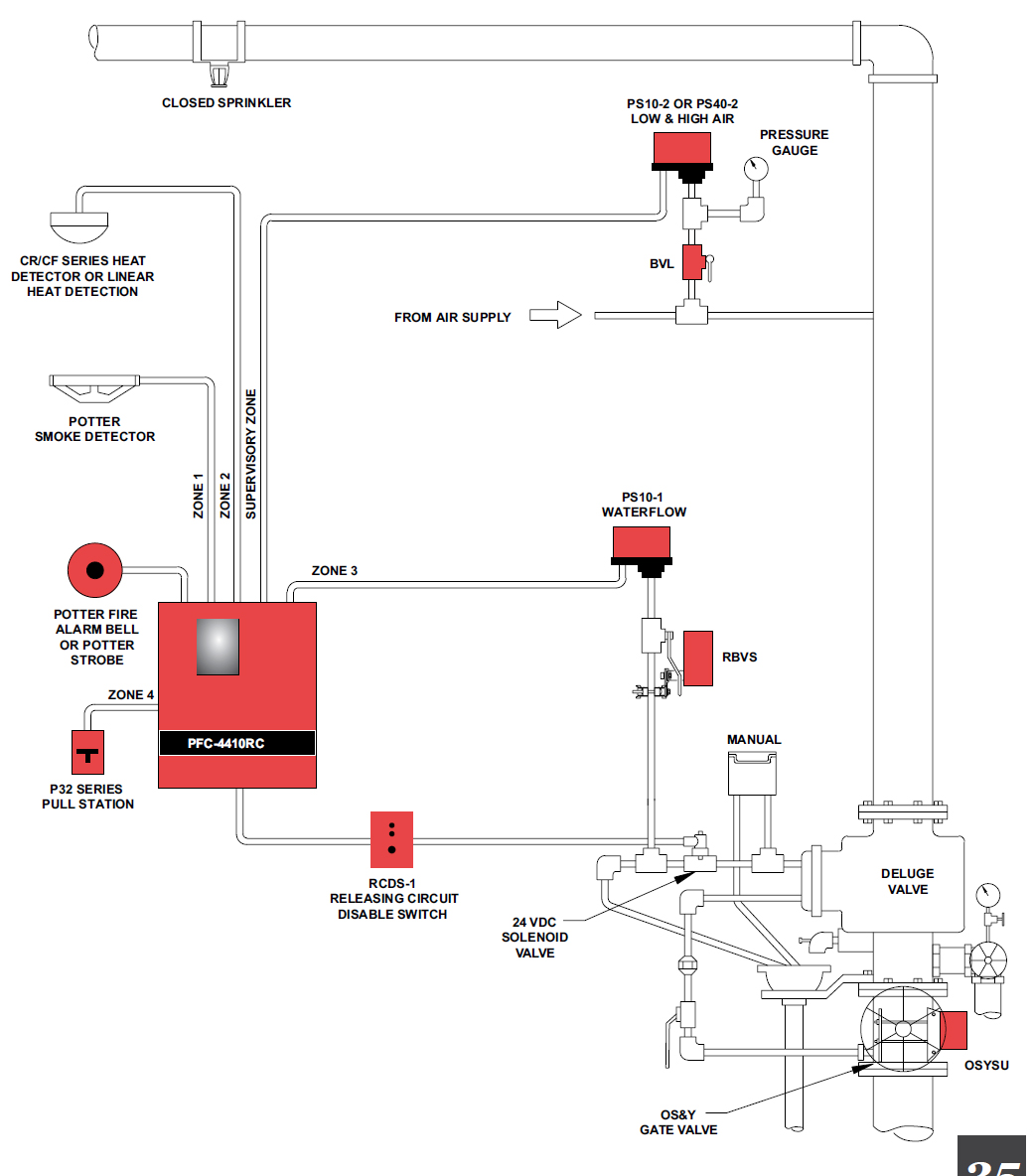Step-by-Step Guide to Fire Suppression Technology and Emergency Response Plans
Step-by-Step Guide to Fire Suppression Technology and Emergency Response Plans
Blog Article
Fire safety is not just a precaution; it’s a necessity. Sprinkler systems and fire brigade training form the foundation for minimizing fire damage.
While sprinklers provide immediate action, fire brigade teams manage the aftermath. Together, this synergy offers unmatched fire management capabilities.
The Basics of Sprinkler Systems
Sprinkler systems respond swiftly to fire outbreaks. Functioning based on heat sensitivity, they disperse water to the fire zone.

Core benefits to rely on sprinklers for fire safety include:
- Rapid fire control: Ensures faster containment.
- Automated operation: Provides constant readiness.
- Individual sprinkler action: Prevents unnecessary damage.
The Role of Fire Brigade Training in Fire Safety
Fire emergency drills develops responders to manage fire incidents. Even with top-tier suppression tools, firefighters play an indispensable role.

These training sessions emphasize the following areas:
- Proactive safety knowledge: Reducing the likelihood of fires.
- Emergency exit planning: Ensuring everyone knows what to do.
- Using extinguishers correctly: Learning effective suppression methods.
curso brigadaQual a funcionalidade do sprinklers?
The Importance of Combining Systems and Training
Automated systems paired with trained responders work together seamlessly. Sprinklers control the flames quickly, firefighters address broader challenges.

The integration of systems and training enhances emergency response efforts for residential buildings, commercial spaces, and large-scale facilities.
Conclusion: Prioritizing Fire Safety with Technology and Training
Reliable fire safety measures combines advanced systems with team skills. Sprinkler systems reduce fire spread instantly, while fire brigade training ensures human readiness.
Take action to improve fire protection now by consulting experts in suppression technology. Both systems and responders are essential!
Report this page